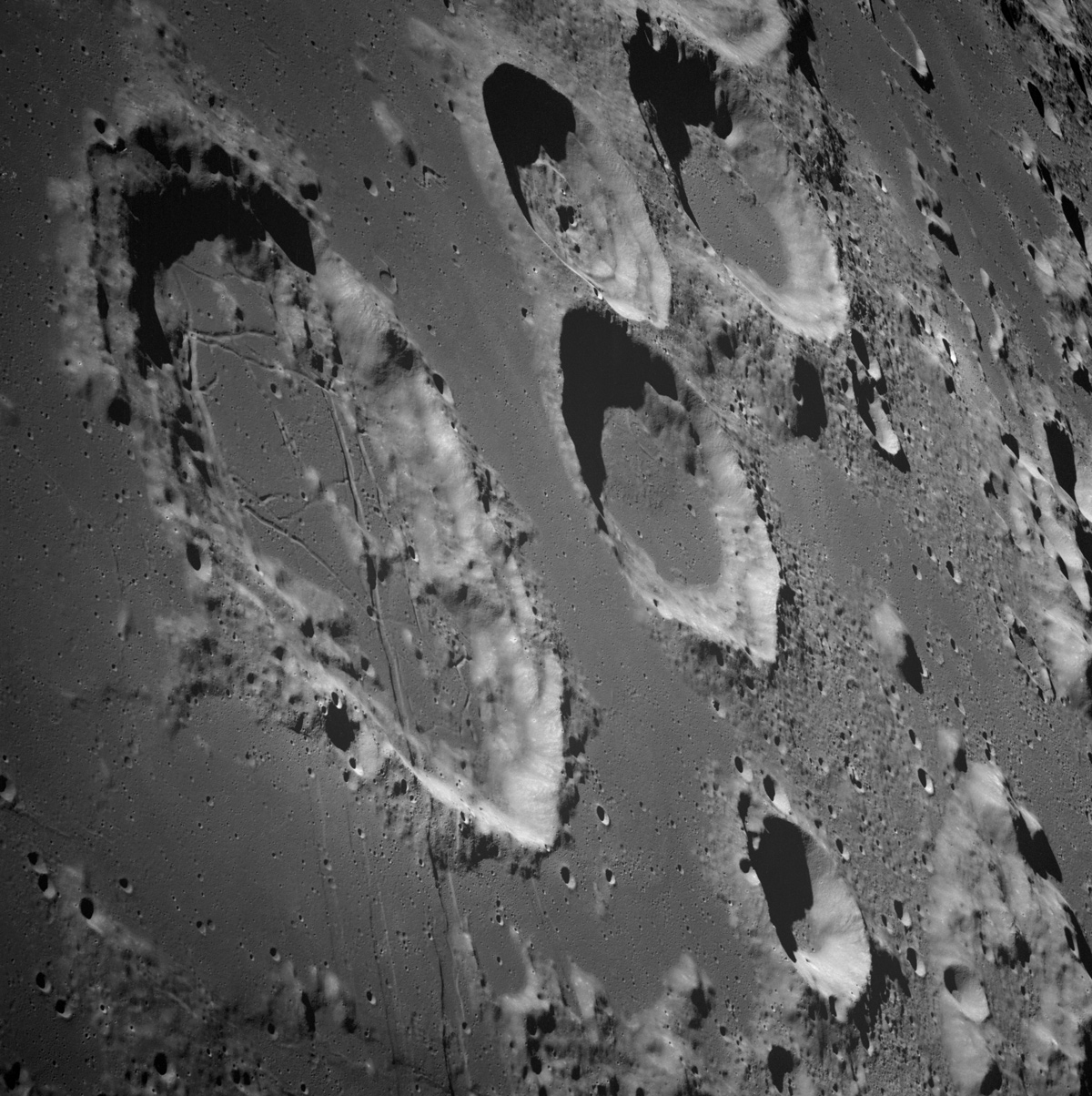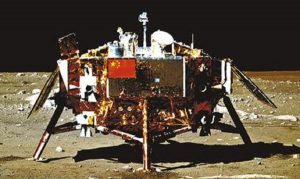
China will attempt to land on the dark side of the Moon at any moment, perhaps making history in space as the first country to do so. On December 8, the China National Space Administration (CNSA) launched the Chang’e-4 (CE-4) probe to the moon. Unlike all other attempts by all other countries before it, China is hoping for an engineering miracle: to land at the at the Von Kármán crater on the dark side of the moon. The spacecraft consists of both a lander and a rover; after a successful landing, China expects to explore a part of the moon this week. China is officially mum on when exactly the landing will occur, but it should be at anytime within the next 24 hours.

This space mission is extraordinary because of how difficult it is. Due to tidal locking, the “dark” side of the Moon never faces the earth. For prior missions to the Moon, NASA astronauts visited the “lit” side of the Moon that faces Earth. In addition to always being in view of Earth, it’s easier to communicate, send data, and control spacecraft directly to/from Earth from the side of the Moon that faces it.
To make sure China could keep in contact with its spacecraft, it successfully launched the Queqiao last May, inserting into an orbit around the second Earth-moon Lagrange point about 50,000 miles above the Moon.
According to the China National Space Administration, the lander and rover are equipped with cameras and scientific payloads to analyze the lunar surface geology and subsurface, solar wind interactions and carry out low-frequency radio observations.
China has expressed interest in setting up manned missions to the Moon to establish a base there; it is likely that China will beat America there. President Donald Trump signed a new directive last fall telling NASA to lead a “sustainable program of exploration” that would allow humans to move further into the solar system—”to bring back to Earth new knowledge and opportunities.” The moon, NASA says, is an important gateway to space travel. Creating a permanent base both on the moon will provide astronauts a platform from which they can explore the deeper realms of space, including manned missions to Mars.
President Barack Obama had cancelled much space exploration programs during his administration including a manned mission to the moon. With NASA held back during the Obama years, Trump will unlikely see manned missions to the Moon during his presidency; NASA needs more time to re-establish a program to the Earth’s near-neighbor.
NASA expects a lunar orbiter could be established by 2023. “On the Gateway, America and its partners will prepare to transit deep space, testing new technologies and systems as we build the infrastructure to support missions to the surface of the Moon and prepare for the epochal mission to Mars,” a statement from NASA said at the time of Trump’s directive. “NASA also will study the effects of the deep space environment of the Gateway, learning how living organisms react to the radiation and microgravity of a deep space environment over long periods.”
By the time America does return to the Moon, it is very possible China could have a functioning, manned base there by then.